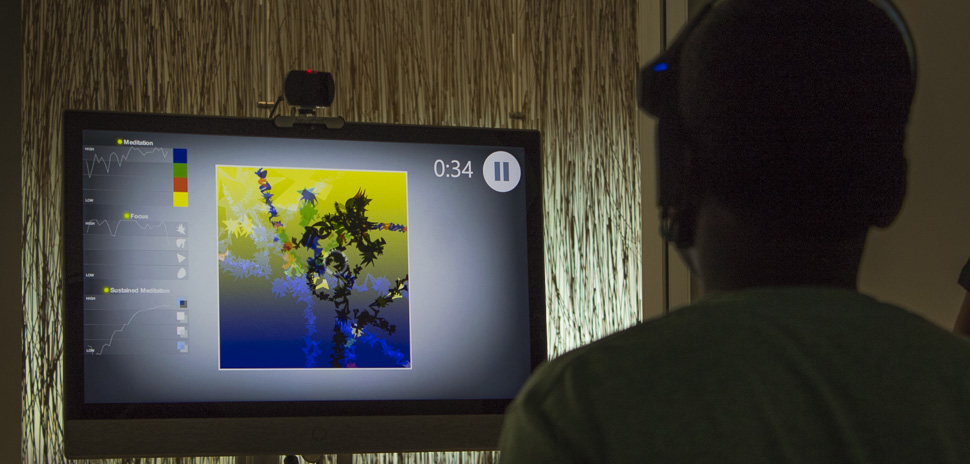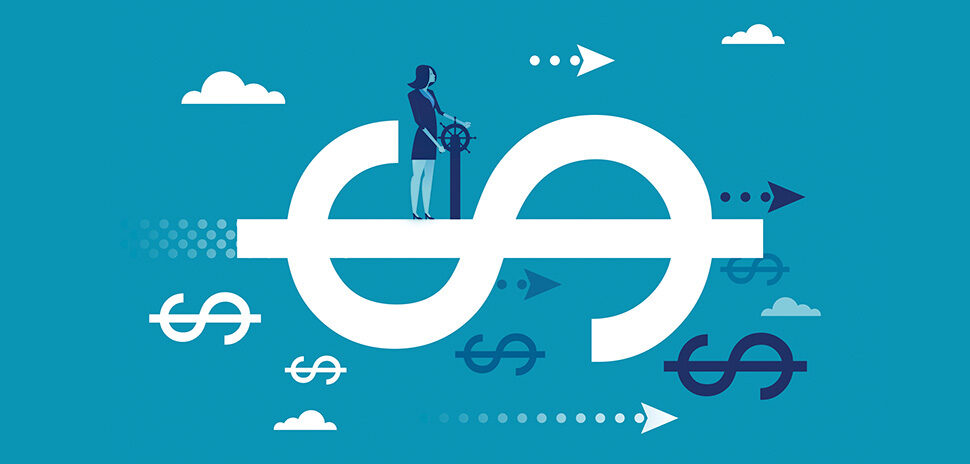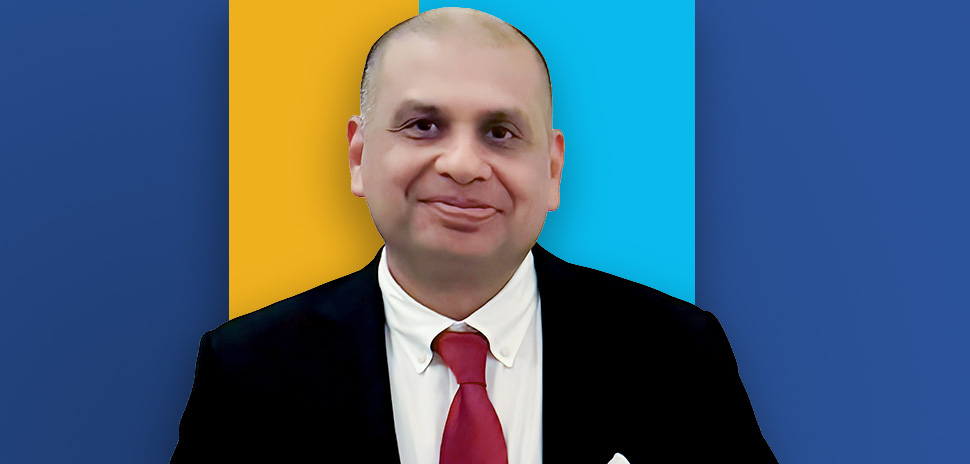The idea of controlling things with our brains seems like it could only be found in the plot of a futuristic Hollywood movie or in the year 3018. But using brainwaves to do things such as create art and communicate through thoughts has become reality right here in North Texas.
During a recent Math Corps camp at Capital One’s Plano campus, a group of fourth-graders whispered and giggled with excitement as they waited to see how their brainwaves would turn a blank, virtual canvas into their own masterpiece of color.
As each student stepped up to the computer, they placed on an EEG headset and focused their mind to see pops of color light up the screen.
“I like it because it lets me express my creativity,” said Sandra Crawford, a fourth-grader at Stults Road Elementary School. “It helped me because I had to focus on doing one thing specifically and try to get it perfect.”
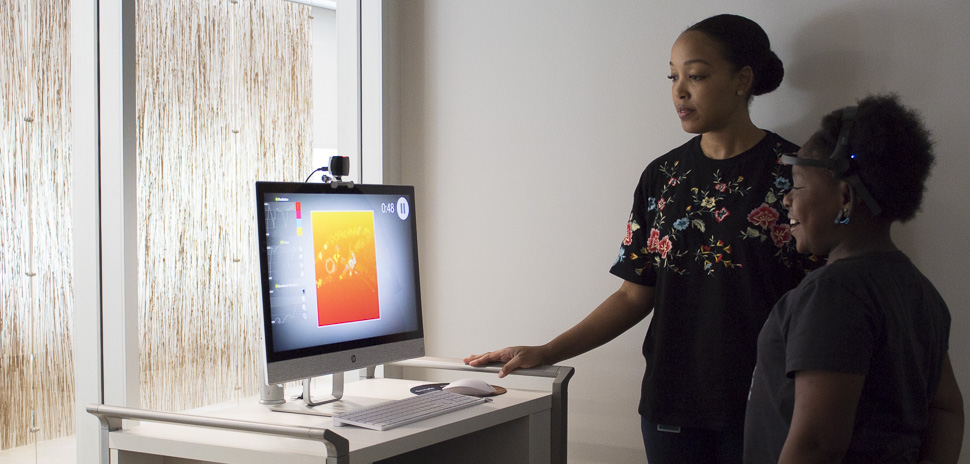
An elementary schooler creates art with her brain during a recent Math Corps camp at Capital One’s Plano campus. [Photo: Yvena Chowdhury]
TECH ENABLES ANYONE TO CREATE ART
The technology behind the activity came from Dallas-based Braintone Art. Its software allows anyone, with any ability, to create a piece of unique art using their focus and sustained meditation levels that are picked up through the NeuroSky Mindwave Mobile EEG headset.
“When it comes down to basic humanity, creativity is one of our core ideals,” said Shawn Kelly, co-owner of PicFlips, LLC, which also owns Braintone Art. “It would just be sad if all technology was just used to gain efficiency or increase our ability to use machines or things like that, you should be able to use your mind waves to create something beautiful.”
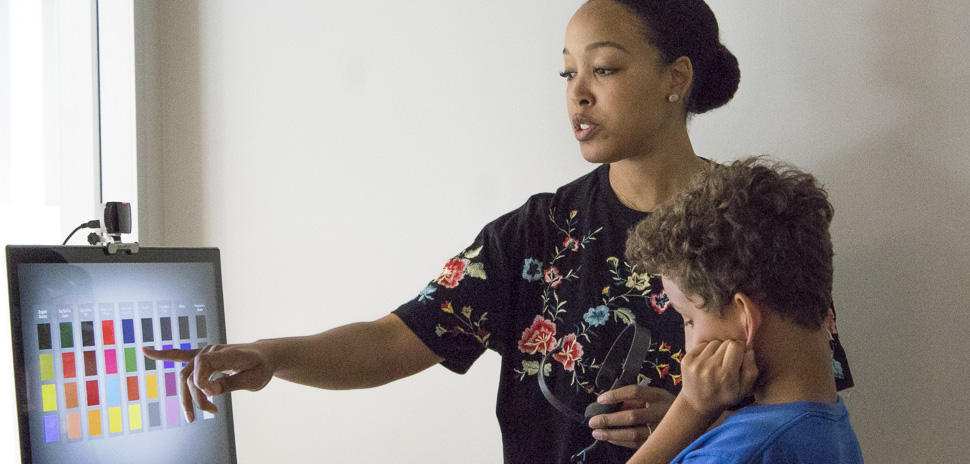
The Braintone Art software has two different art styles — Mood Bloom and Ink Thoughts — and a few different color palettes to choose from. [Photo: Yvena Chowdhury]
Kelly and his wife got involved with Braintone Art in 2013 to help make the software, that was originally created and designed by Jeremiah Howell, more event-friendly.
The software has two different art styles — Mood Bloom and Ink Thoughts — and a few different color palettes to choose from. The brainwave element is added by tying people’s brain activity to the virtual paintbrush via the EEG headset.
“What was impossible before is now possible and it’s really an amazing thing.”
Shawn Kelly
“So, people step up, they make their choices, we put on the EEG headset, and they can create a piece of art,” Kelly said. “What was impossible before is now possible and it’s really an amazing thing.”
Kelly and his wife re-designed the original software Howell created to be more efficient for large gatherings and launched it in 2015. Now, the software is being licensed by PicFlips to be used all around the world at events.
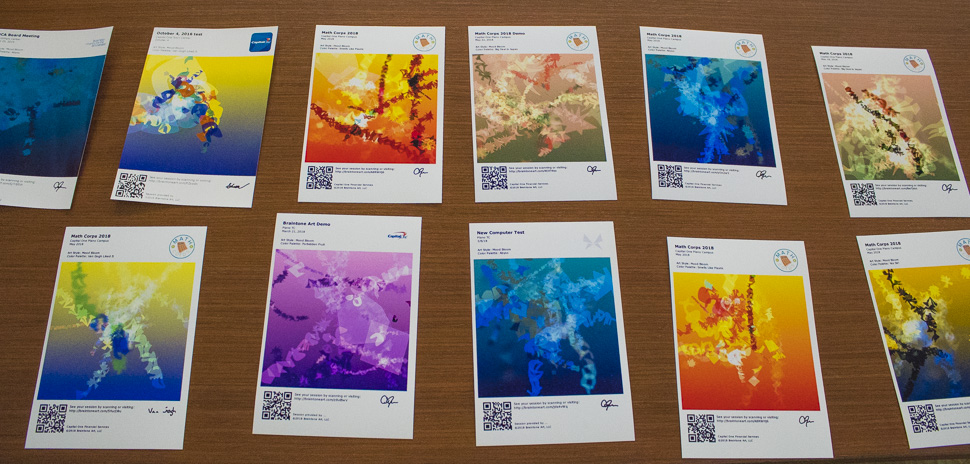
Students’ Braintone Art creations are displayed on a table at Capital One. [Photo: Yvena Chowdhury]
A FUTURE-FOCUSED NEXT GENERATION
At the Math Corps camp in Plano, organizers saw the software as a way to not only let kids create something fun with their brainwaves, but also help teach them the art of focusing their mind — a useful tool in the classroom.
“It’s putting to reality all of this information that we gave them; it’s connecting the dots.”
Danael Broussard
“It’s putting to reality all of this information that we gave them; it’s connecting the dots,” said Danael Broussard, who runs the Math Corp camp and is the home loans servicing senior manager at Capital One.
Beyond that, he said it all circles back to showing the kids what they are capable of and exposing them to the future careers they could have one day. The camp, which started in 2011, exposes kids to hands-on technology and allows them to learn about innovation happening in their city.
“A lot of the kids come from low-income schools where they don’t have the ability to see all of this technology and [be] able to connect the dots,” Broussard said. “So, having them on campus to be able to just experience, even for once, could change the trajectory of their future.”
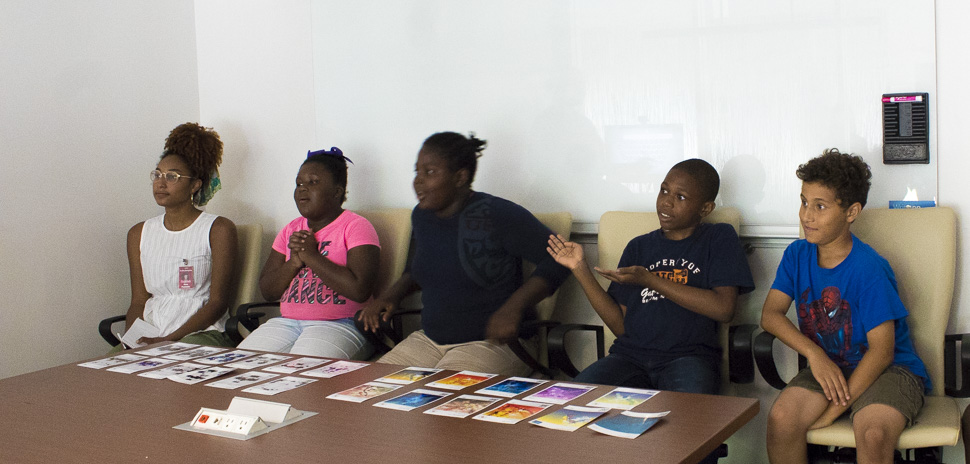
Students gather during a brainwave art activity at Capital One’s Math Corps camp. [Photo: Yvena Chowdhury]
UTILIZING THE BRAIN FOR ART, VIDEO GAMES & POWERING HELICOPTERS
As the ability for anyone to get their hands on EEG headsets and brainwave technology is increasing, the Center for BrainHealth’s Dee O’Neill believes it can help make people more aware of their brain function at a basic level.
“I think commercial products like this help in that vein, they just start a conversation and they build awareness that wasn’t there a decade ago,” said O’Neill, who serves as program manager for the Executive and Corporate Program at the Center for BrainHealth’s Brain Performance Institute at the University of Texas at Dallas.
At the Dallas brain institute, EEG headsets and other methods are being used to measure brain health for research purposes.
“Really part of our mission is to be more proactive and preventive, less medical, but more health conscious so we can start tracking things sooner,” O’Neill said.
“People definitely are excited to see how their brain is working and how they can make it work better based on that information.”
Dee O’Neill
With increased access to the NeuroSky headsets, creative commercial uses of this technology are not just expanding in Dallas-Fort Worth, but all around the world.
“I feel like people are completely fascinated by it and excited for the information that it provides, not even just Dallas, but nationally,” O’Neill said. “People definitely are excited to see how their brain is working and how they can make it work better based on that information.”
Earlier this year, Dallas-based Darwin Ecosystem received attention for its brain-tracking technology it developed in partnership with IBM that helps nonverbal people communicate with their thoughts. Samsung also partnered with a professor from UTD in 2013 to try to develop a brain-controlled tablet. The concept of playing video games with the mind and brain-controlled helicopters have become reality, too.
Dallas artist Jeremy McKane helped develop a meditation-based art installation meant to raise awareness about ocean conservation. Artists around the world also have used brainwaves as part of their work from controlling the motion of water to enabling people with disabilities to make a balloon full of paint burst onto a canvas.
However, Kelly believes the concept of Braintone Art is unlike anything else in the world.
“I haven’t seen anybody that’s creating art with brainwaves for events,” Kelly said. “There have been a few artists that have done some really interesting things with brainwaves in art, but there’s nothing out there that’s been designed to let several hundred people come through and all create their own pieces of art.”
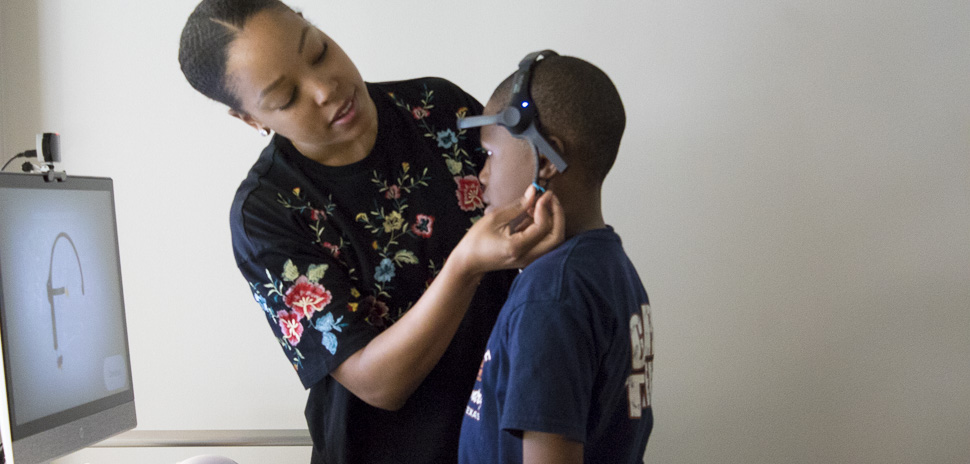
An elementary schooler at Capital One’s Math Corps camp puts on a mobile EEG headset so he can create art on the computer screen with his brain. [Photo: Yvena Chowdhury]

